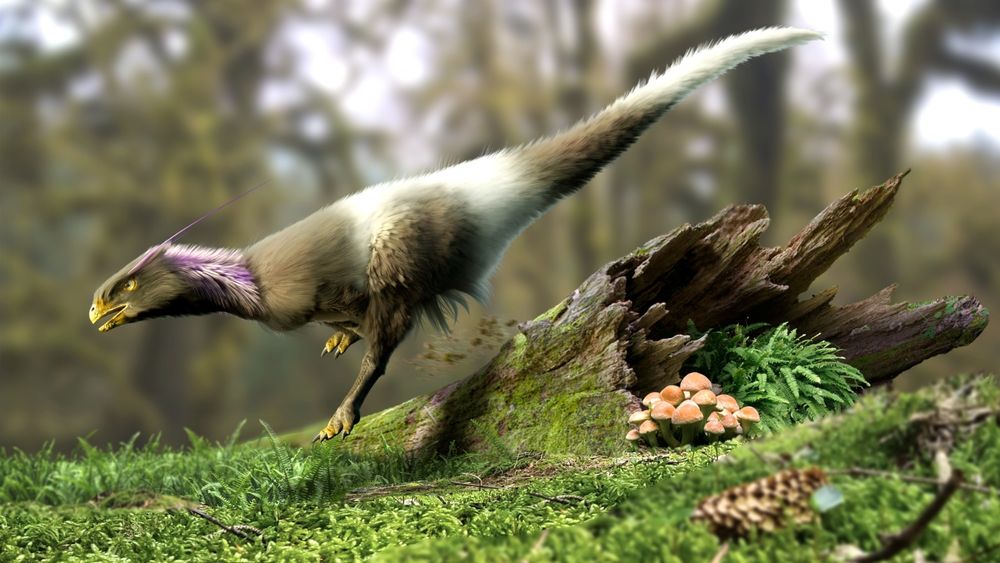





Some stuff, including fan art and paleoart!
@paleoart.bsky.social
@hugopaleoart.bsky.social
@ildarotyrannus.bsky.social
@gabrielbruh.bsky.social




Some stuff, including fan art and paleoart!
@paleoart.bsky.social
@hugopaleoart.bsky.social
@ildarotyrannus.bsky.social
@gabrielbruh.bsky.social












PS: I am still fascinated by the bauplan of these animals, it is incredible that they existed.

PS: I am still fascinated by the bauplan of these animals, it is incredible that they existed.

And how difficult it is to make hair in Blender.

And how difficult it is to make hair in Blender.













